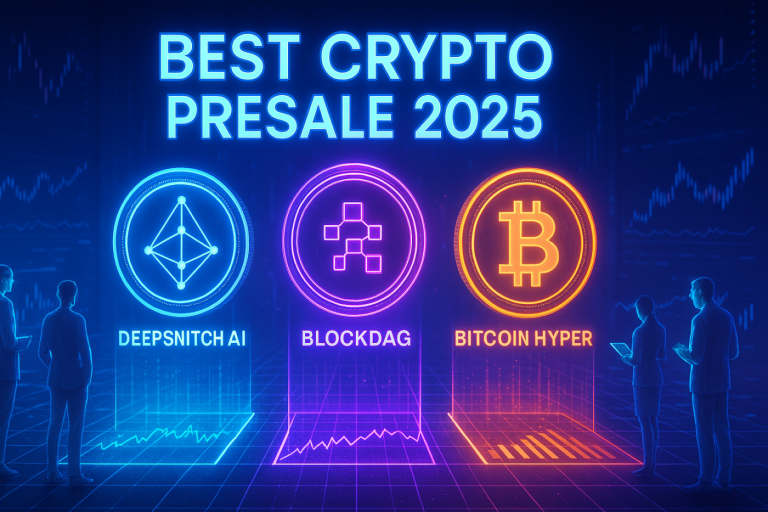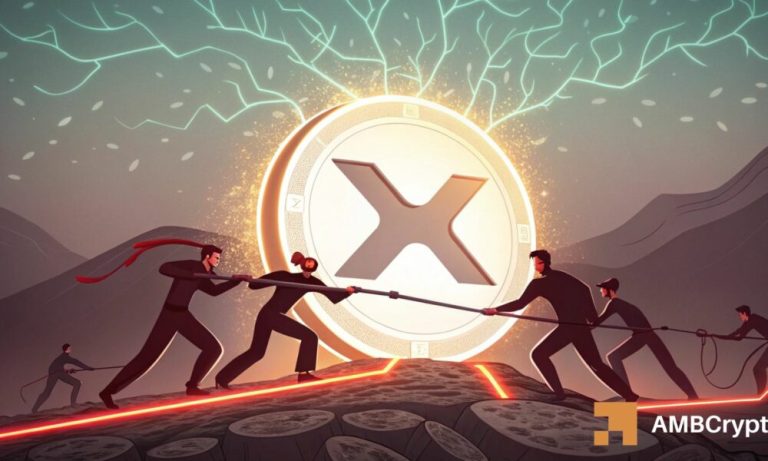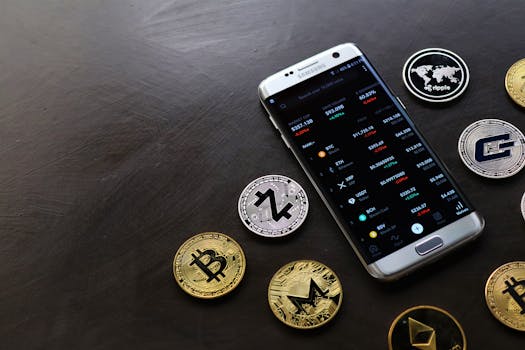
“
Beyond Bitcoin: Emerging Trends in Cryptocurrency for 2025
Introduction to Cryptocurrency
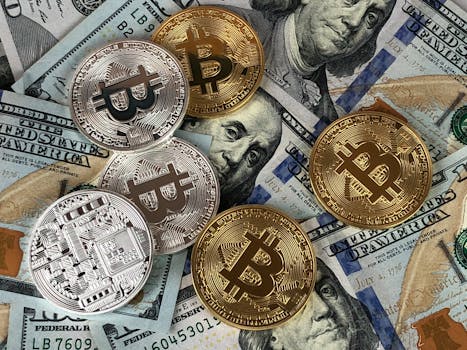
Beyond Bitcoin: Emerging Trends in Cryptocurrency for 2025. The world of cryptocurrency has come a long way since the launch of Bitcoin in 2009. While Bitcoin remains the most well-known and widely-held cryptocurrency, the ecosystem has expanded to include a vast array of alternative cryptocurrencies, or altcoins, as well as innovative applications and use cases. In this article, we will explore the emerging trends in cryptocurrency beyond Bitcoin, including decentralized finance, non-fungible tokens, and Central Bank Digital Currencies (CBDCs).
Emerging Trends in Cryptocurrency
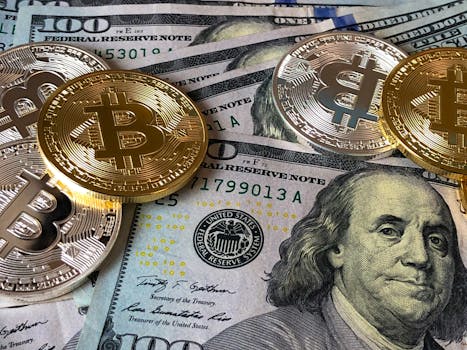
The cryptocurrency landscape is constantly evolving, with new trends and innovations emerging all the time. Some of the most significant emerging trends in cryptocurrency include:
- Decentralized Finance (DeFi): DeFi refers to the use of blockchain technology to create decentralized financial systems, such as lending platforms, stablecoins, and decentralized exchanges.
- Non-Fungible Tokens (NFTs): NFTs are unique digital assets that can be used to represent ownership of a wide range of items, including art, collectibles, and even real estate.
- Central Bank Digital Currencies (CBDCs): CBDCs are digital currencies issued by central banks, which can be used to settle transactions and provide an alternative to traditional fiat currencies.
Decentralized Finance (DeFi)

DeFi is one of the most significant emerging trends in cryptocurrency, with a wide range of applications and use cases. DeFi platforms use blockchain technology to create decentralized financial systems, which can provide greater transparency, security, and accessibility than traditional financial systems. For more insights, check out how cryptocurrencies will shape the global economy.
Some of the most popular DeFi platforms include:
- MakerDAO: A decentralized lending platform that allows users to borrow stablecoins, such as DAI, against collateralized assets.
- Uniswap: A decentralized exchange that allows users to trade Ethereum-based tokens in a trustless and permissionless manner.
- Compound: A decentralized lending platform that allows users to borrow and lend a wide range of assets, including cryptocurrencies and stablecoins.
Non-Fungible Tokens (NFTs)

NFTs are unique digital assets that can be used to represent ownership of a wide range of items, including art, collectibles, and even real estate. NFTs have gained significant attention in recent years, with sales of NFTs reaching millions of dollars.
Some of the most popular NFT marketplaces include:
- OpenSea: A decentralized marketplace that allows users to buy, sell, and trade NFTs.
- Rarible: A decentralized marketplace that allows users to create, buy, and sell NFTs.
- SuperRare: A decentralized marketplace that allows users to buy, sell, and trade unique digital art.
Central Bank Digital Currencies (CBDCs)

CBDCs are digital currencies issued by central banks, which can be used to settle transactions and provide an alternative to traditional fiat currencies. CBDCs have gained significant attention in recent years, with several countries exploring the development of their own CBDCs. For a deeper dive into this topic, read about the future of money.
Some of the most notable CBDC projects include:
- China’s Digital Currency Electronic Payment (DCEP): A digital currency developed by the People’s Bank of China, which can be used to settle transactions and provide an alternative to traditional fiat currencies.
- Sweden’s e-Krona: A digital currency developed by the Riksbank, which can be used to settle transactions and provide an alternative to traditional fiat currencies.
- European Union’s Digital Euro: A digital currency developed by the European Central Bank, which can be used to settle transactions and provide an alternative to traditional fiat currencies.
See more:
https://www.coindesk.com/
https://www.cnbc.com/
https://www.bloomberg.com/




